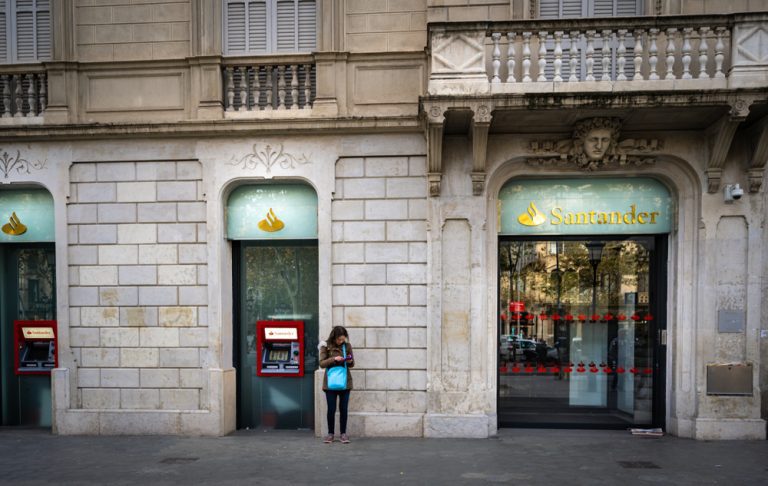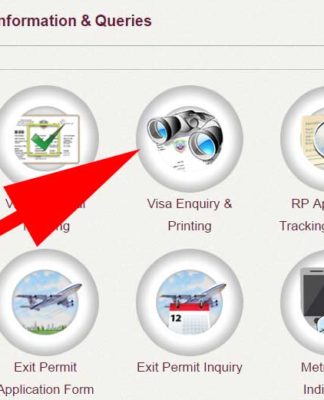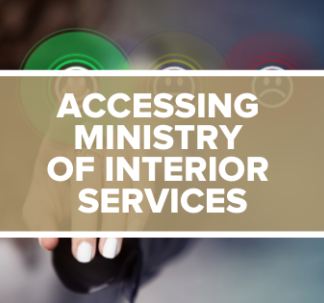Government Effort to Close Digital Divide Spurs Spain’s Digital Transformation
BY PYMNTS | MARCH 3, 2023
|
Countries take different tacks in their digital transformations, with Spain’s high engagement rate driven by a less-expected source: national policy.
PYMNTS’ December ConnectedEconomy™ Index, “How the World Does Digital,” analyses the current state of global digital transformation. Using objective, measurable benchmarks such as online banking activities and retrieving healthcare information, the survey synthesizes responses from more than 30,000 consumers across 11 countries to better understand how consumers worldwide integrate online tools, access activities and digital communication into their daily lives. Spain proves to be an interesting case in this study.
The December edition of the Index focuses on 2022’s third quarter. It indicates that for nearly all countries tracked, overall digital engagement is steadily increasing, with 83% of consumers participating in at least one online activity in 30 days before being surveyed. This is especially the case when engaging in routine activities such as using social media, home security apps and marketplace shopping. As some countries are leaning on FinTechs to increase their reach through broader adoption of tools such as digital wallets, others, such as Spain, are driven by government-sponsored efforts to provide online access to all parts of the country. These efforts include both a massive E.U.-funded initiative and a domestic push to provide banking services to Spain’s rural population.
Clearly, this strategy fits Spain, which boasts some of the highest connectivity across daily, weekly and monthly use among countries the Index tracks.
Our research finds that 92% of Spain’s consumers participate in the ConnectedEconomy™ monthly, outpacing even those in the U.S. and Singapore. Weekly and daily engagement in Spain is also strong — second-highest and tied for third, respectively. Previous PYMNTS research has found that part of the reason behind Spain’s high Index scores is its consumers’ broad rate of digital adoption across age demographics, including the country’s older generations. For example, 93% of the country’s population is connected online and 87% own a smartphone. Driving these efforts is a government-led initiative dubbed Digital Spain 2025. The plan lays out a roadmap for the country to transform into a more digital society, with its first priority to ensure adequate connectivity for its entire population. Another focus is on accelerating the digitization of companies, with a special focus on small to midsized businesses and start-ups. To fund these efforts, the EU is issuing Spain €69.5 billion ($73.8 billion) in grants financed by the Next Generation EU recovery instrument.
Domestic efforts are also underway to guarantee banking access, in the form of a branch or ATM, to even the most remotely located villages throughout the country with populations of 500 or more. This private-public effort was a result of an agreement between the Spanish government and the country’s financial institutions over providing banking access to rural villages.
Each country the Index tracks is finding its path toward digital transformation. Spain’s unique government-led efforts towards a more ConnectedEconomy™ may (or may) not be most successful — but no matter what, watching the journey promises to be interesting.






























